Treatise on Ramen (Part 3): Best Bars, Best Cocktails, Best Clubs, Best Coffeeshops, Best Restaurants, Best Walking Tours, Traveling Outside Tokyo
I moved from New York to Tokyo for work in December 2014 with very limited Japanese. Many friends have asked me about my experiences and for advice on where to go, what to see, and of course, what to eat and drink. I should have just created a blog. Although I just recently moved to Hong Kong, these reflections give you a glimpse into my experience. Thanks for taking the time to read.
Drinking (Cheers ! = Kanpai!)
100. SAKE
Sake surprisingly means “alcoholic drinks” in general. If you drink beer, you are drinking sake or if you drink whiskey, you are drinking sake. But people usually think of sake as rice / potato wine called Nihonshu or Shochu. Note that the “sake bomb” (where you drop a shot of sake in a beer) is an American invention. Side note: fortune cookies and General Tso’s chicken don’t exist in China either…
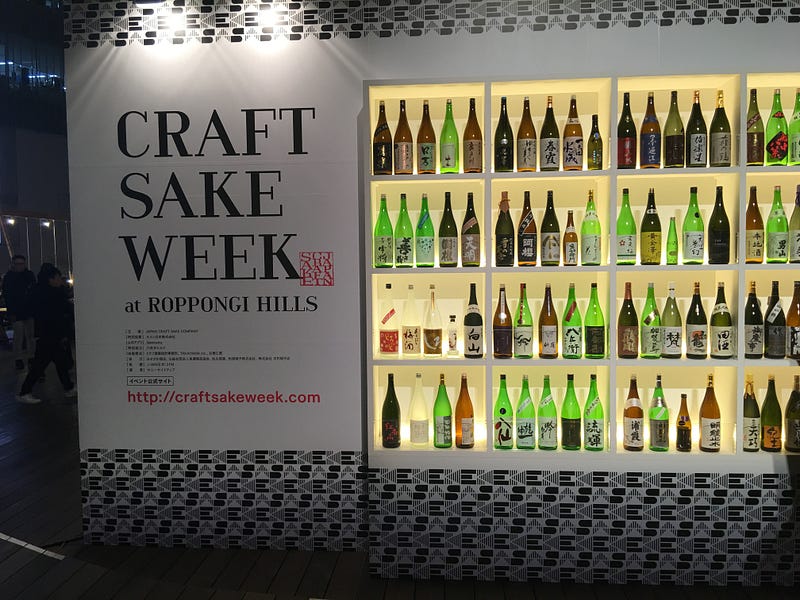
101. BEER-POURING ROBOTS
Beer dispenser with an added tilt feature so it doesn’t give you half a pint of lager and half a pint of foamy head. Commonly found in international departure lounges.
102. JAPANESE WHISKEY
Bill Murray said it best: “”For relaxing times, make it Suntory time.” In 2013, Yamazaki’s Sherry Cask 2013 won the award for best whisky in the world. Among my whisky drinking friends, Japanese whiskies were already loved and admired. The rest of the world suddenly woke up to its wonders. It has become an expensive hobby.
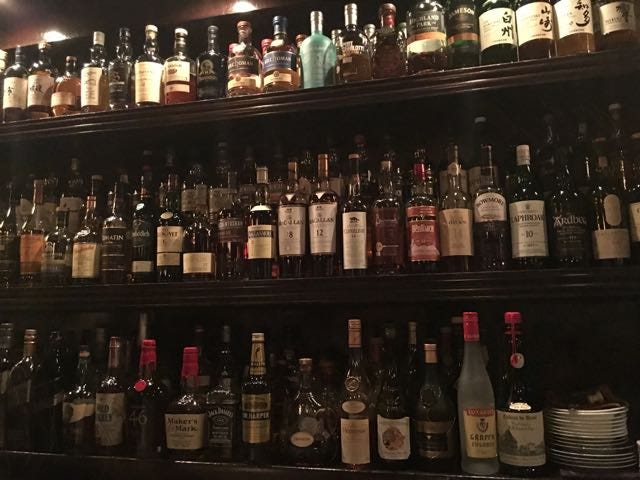
103. HIGHBALLS
Drink of choice for your Japanese salaryman: mix of an alcoholic base spirit (Whiskey / Shochu) and a larger proportion of a non-alcoholic mixer (ex: Gin & Tonic, Whiskey & Soda.)
104. UKON
Before a big night out, drink a hangover prevention drink based on turmeric available at most kombinis.
105. POCARI SWEAT
After a big night out, drink the sweet tonic water to cure your hangover.
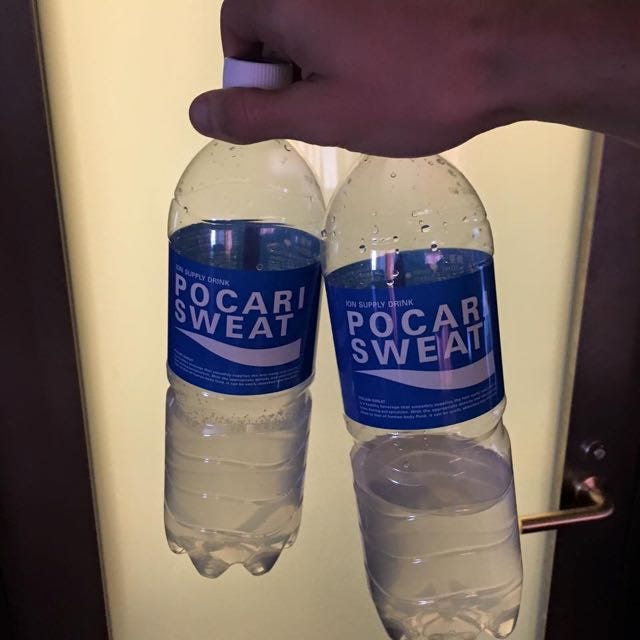
Best Bars
106. iDarts (Bar / Roppongi)
The bar has a funky decor, haphazard, if you will. Sometimes you’ll still see Halloween decorations at year-end, or Christmas decorations in February. Decor aside, this bar is a great place to have a fun, chill night out. And it’s also the perfect pregame location. It’s never that packed and never too loud, so you can have a fun time playing darts with your friends. Basically, the motto is: you bring the fun with you.
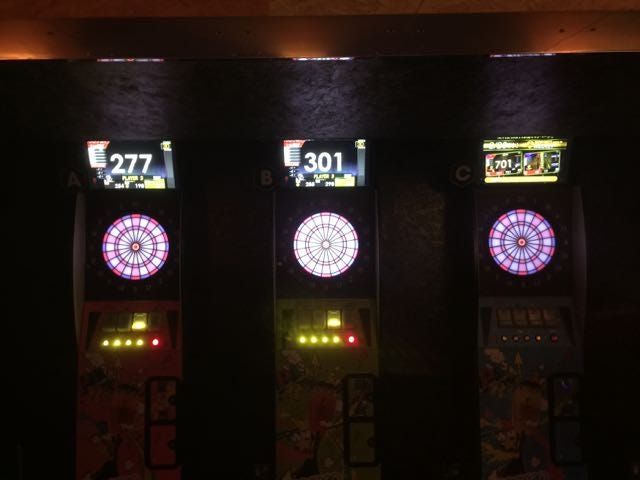
Be sure to order the “Oolong Tower” if you’re there with a group. A parade of bartenders will bring out a large container with a tap of Oolong High (one part shochu and two parts oolong tea on the rocks.) Sounds relatively normal, until the bartenders start pouring an entire liquor bottle of god-knows-what alcohol into the bottle…
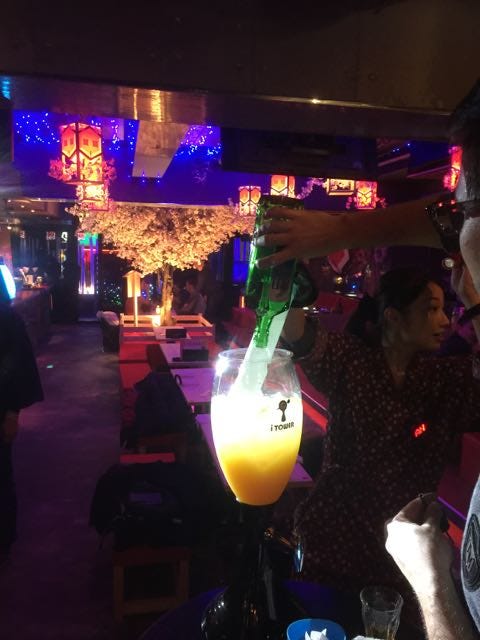
107. MISTRAL BLEU / TRAIN BAR (Shots Bar / Roppongi)
A hole-in-the-wall bar that plays 70s-80s-90s classic rock hits. It’s very small. But that’s the appeal. Maybe you could squeeze 15 people in there, but space would be very tight. The walls from floor to ceiling are covered with stickers, photos, doodles and signatures of every beer guzzling visitor of the bar. It’s super cozy and the music is legendary. Ask the bartender for the Jenga game and/or ring the bell if you want to buy a round for everyone. Also meet Tokyo Joe, a regular who hangs out by the DJ every night.
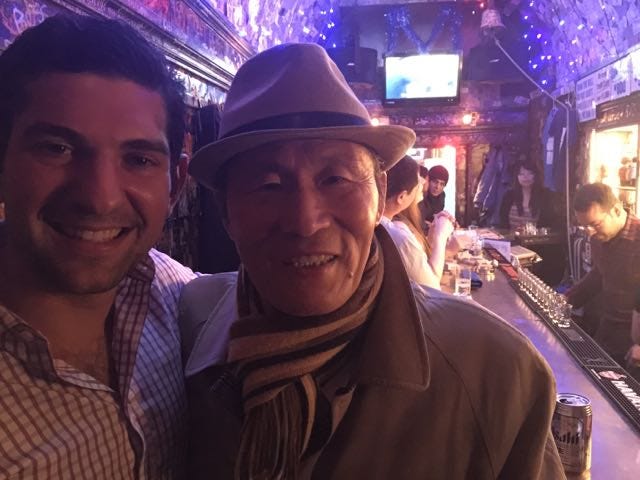
108. HUB (Irish Pub / Roppongi)
An Irish pub. It’s a franchise operation with multiple locations in the city. The one in Roppongi is likely the most popular. Go down a narrow flight of stairs. The wooden walls give off the homely atmosphere of an Irish pub. The bar serves Guinness and Bass on tap. It’s a lively atmosphere, and usually packed on weekend nights, attracting both foreigners and locals. You’ll usually find a fair amount of Japanese people willing and eager to speak to foreigners to practice their English or make new friends. Quite a sociable (but never really rowdy) atmosphere that facilitates conversation with strangers you meet at the bar. Drinks are cheap.
109. GERONIMOS (Shot bar / Roppongi)
Local pub you could find on any American college campus. Caters to a rowdy, expat crowd. Expect loud, fun and party atmosphere with Pop Top 40 music on full blast. The slight curveball here: No beer pong table but there’s ties and bras hanging from the ceiling. (They’ve been up there a while so who knows how old they are… we’re sure the bartender would welcome new ones). All the walls are covered with small, gold name plates of enthusiastic clienteles who’ve completed the 15 shot challenge or “Shot Hall of Fame.” Drinks are on the cheaper side, so use it as a good pre-game spot. Bang on the drum hanging by the bar and you’re buying shots for the house.
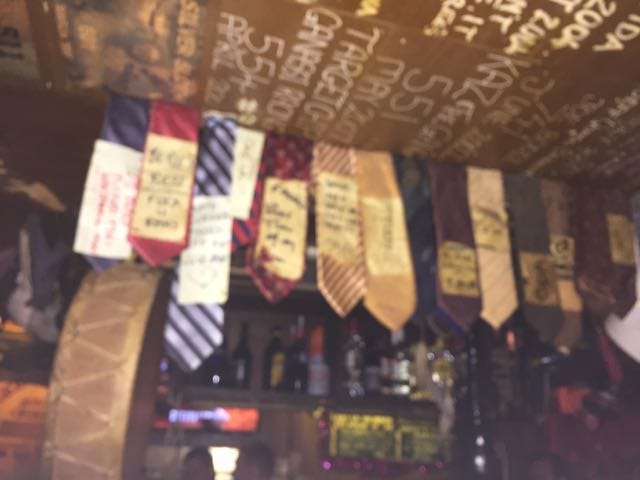
Apologies for the blurry picture but everything is always blurry at G-mos
110. R2 SUPPER CLUB (Lounge / Roppongi)
You could easily find a bar like R2 in midtown New York. Bartenders in black-tie, high ceilings, moody lighting. An atmosphere catering to an upscale clientele but with a tinge of younger appeal. Unfortunately, it’s a rare concoction in Tokyo and R2 is about the only “New York esque” bar that attracts a buzzing crowd on weekends.
111. A971(Restaurant & Outdoor bar / Midtown)
A high-end pub. Classiness level is one notch above Geronimos Bar and one notch below R2, both located right around the corner. One of the few bars in Roppongi that offers outdoor space. Inside is just a regular bar, with most people standing around and mingling in groups. And despite the loud music and DJ booth, you’ll never find anyone dancing. The saving grace for this bar is its location, at the heart of Roppongi.
112. GOLDEN GAI: (Tiny bars / area of Shinjuku)
Narrow alleys with hundreds of tiny shanty-style bars squeezed into narrow passageways. Every bar fits no more than 5–10 people and caters to a slightly different clientele, and many only serve regulars, who are mostly artistic souls. Each bar has a particular theme, usually related to the bartender’s / owner’s hobby. The walls are liberally plastered with movie, film, and concert posters. Recommend being adventurous / picking a random bar.
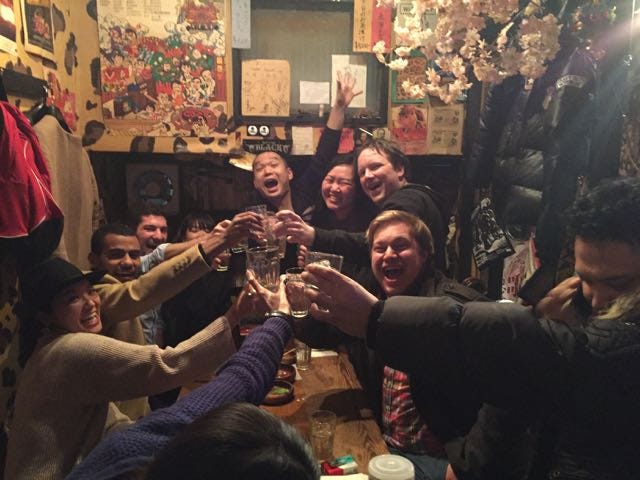
113. NONBEI YOKOCHO (“Drunkard’s Alley”) (tiny bars / Shibuya)
Rows of tiny bars near Shibuya Crossing that fit no more than 5 barstools. Prepare yourself for the grandmother across the counter to pour you some fine sake, indulge you with roasted ginko nuts and yakitori, and shower you with tales about Japan. At the end of the night, she will mount the creaking staircase behind her to what is surely her bedroom. Recommend checking out Tight Bar and Yottette.
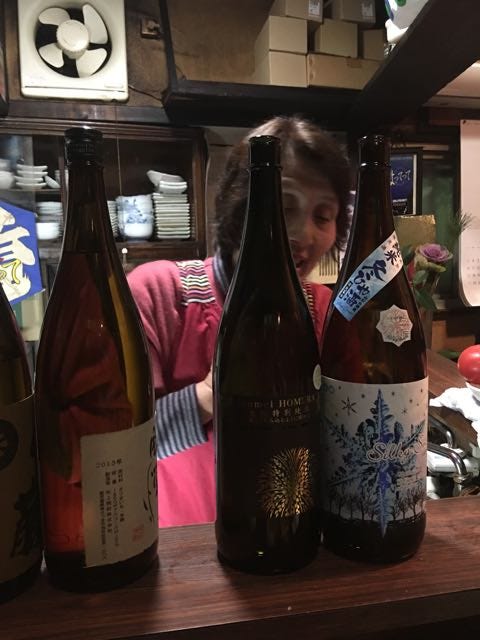
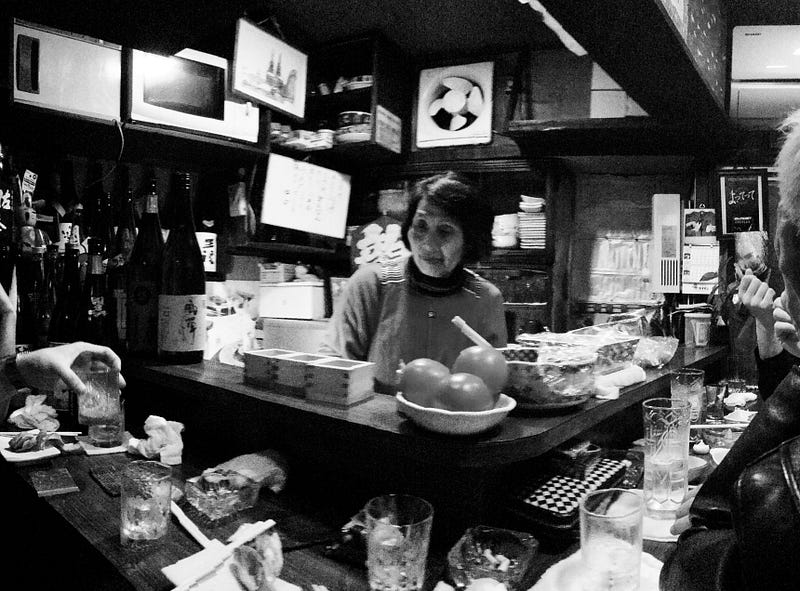
114. NEW YORK BAR (PARK HYATT): (classy hotel bar / Shinjuku)
Swanky restaurant / jazz / cigar bar on the 52nd floor of the Park Hyatt, with floor-to-ceiling glass windows offering panoramic views of Tokyo. Famous for “that” scene in Lost in Translation.
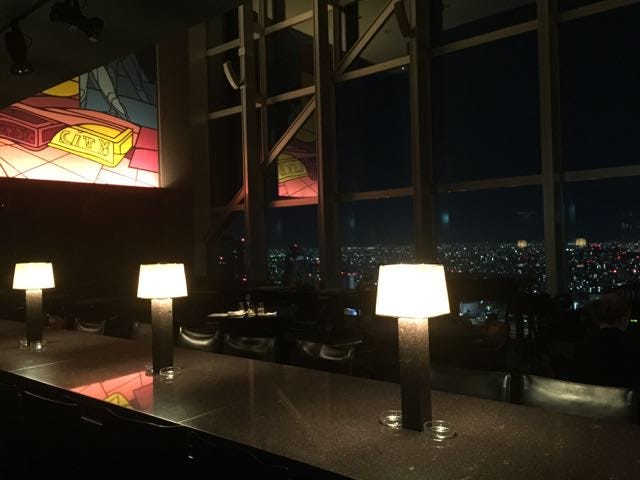
115. EST Game Center (all night bowling and karaoke / Shibuya)
When you’ve missed the last train home from Shibuya and don’t fancy drinking, EST has the answer. Take your pick from billiards, bowling, karaoke and table tennis — all of them available until dawn.
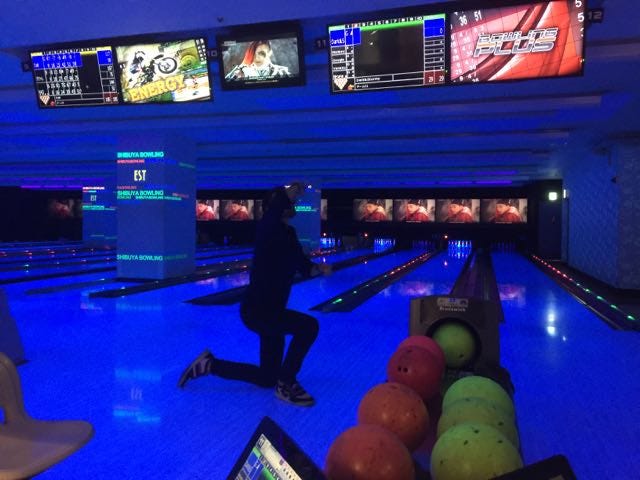
Best Cocktails
116. STAR BAR GINZA (cocktails / Ginza)
Hands down my favorite old salary man mixologist bar in Tokyo. The Jiro Dreams of Sushi for classy drinks. Hisashi Kishi, the owner of Star Bar is referred to as the Einstein of bartenders. The flawless and black tie bartenders earn the right to serve you a drink after spending countless years in the kitchen chiseling the perfect ice cube. Quiet, intimate, and boasts a fine whiskey collection. Rated #40 on the list of the world’s 50 best bars.
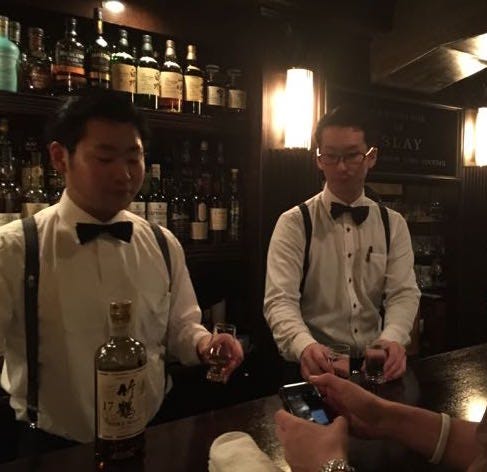
117. GEN YAMAMOTO (cocktails / Azabujuban)
Gen Yamamoto offers a bespoke cocktail tasting menu which is created from carefully selected and seasonal local fresh produce and fine liquors. It begins with a cozy seat around a beautiful wooden table and a set menu — 4 or 6 courses of carefully curated drinks. It’s like dining at a Michelin rated restaurant — but for drinks.
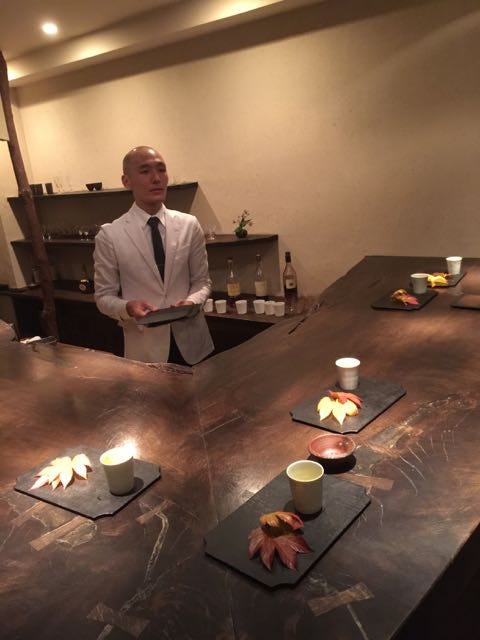
118. KAWAII MONSTER CAFE (cocktails / restaurant / Harajuku)
Must see bar / restaurant with over-the-top visuals showing the best and worst of Harajuku. Indulge in the kawaii weirdness and enjoy a giant functional merry-go-round, neon animals in a dream forest, a bar from under the sea, oversized sweets, and much more.
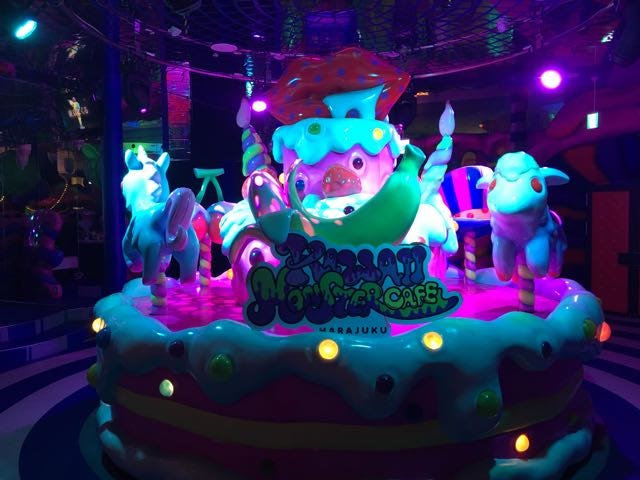
119. ALCATRAZ E.R. (cocktails / Shibuya)
Most disturbing cocktail lounge in Tokyo. Alcatraz E.R. is designed like a hospital prison and you are the patient. The waitresses are dressed nurses, and their first order is to handcuff you, pretend to inject a giant needle into your rear, and then lock you in a cell. There are plenty of strange cocktail concoctions served in syringes, mannequin heads and test tubes.
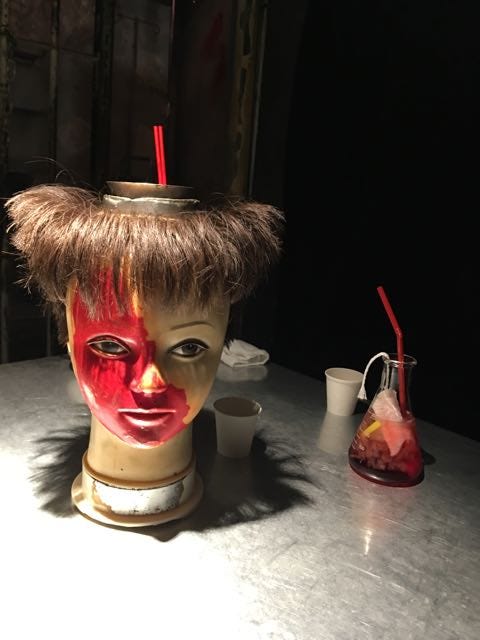
Best Clubs
120. FERIA (RIP)… 1 OAK TOKYO(Roppongi)
What club to go to in Roppongi? I hate to admit it, but it’s Feria. For a seasoned clubber from any metropolitan city, this club probably is a dime a dozen. But blame it on the location, the basement moshpit, the 3rd floor EDM bar, the elevated VIP section lining the walls showcasing a mix of banker-finance types and a contingent of models from Eastern Europe, or just the fact that it holds the title of “the go-to” club, odds are you will end up here any given Roppongi night out. While Feria officially closed its doors in December 2015, rumor has it that 1 Oak has secured the location and will be opening up in the near future. Get ready Roppongi!
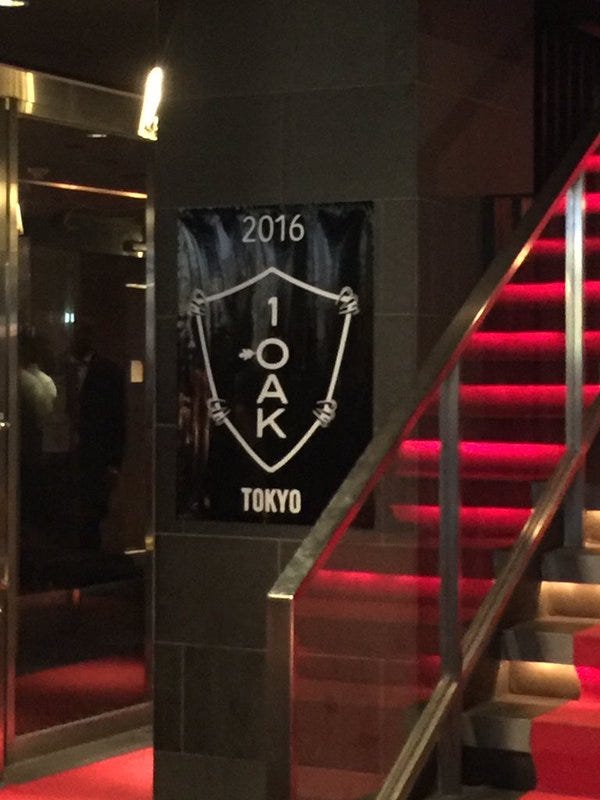
121. ELE(Azabujuban)
Ele has a futuristic feel about it, with interiors decorated in silver or gold, mirrors and metal. The first floor hosts a comfy lounge area with sprawling white couches and sofas, and a dedicated bar. Go one flight of stairs down for the dance floor: A large open space with high ceilings, cool, futuristic lighting, mirrored walls and couches lining the walls for the VIP tables. Although these are the least expensive tables (more exclusive VIP sections are on an elevated landing, overlooking the entire dance floor or completely private, lounge-like rooms) they’re actually the best setup in the house because you are right by the action and part of the dance floor. Most nights there’s a provocative dance show thrown by dancers in suggestive outfits, and if you’re lucky, you’ll be there when the robot dancer is on.
122. WOMB(Shibuya)
3floor EDM club in the heart of Shibuya. The sound system is one of the best in the world. Rage until the wee hours under that large giant mirror ball in the main room.
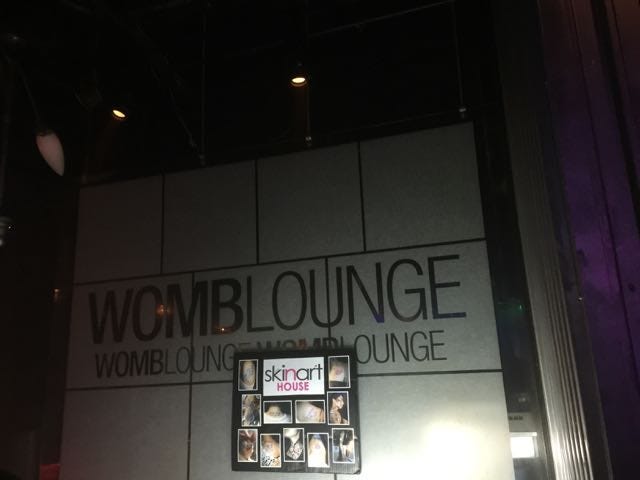
123. TRUMP ROOM(Shibuya)
Late night trendy club featuring a mix of over-the-top-design and top-tier DJ talent. Under a sea of chandeliers and mirrors, a trendy crowd schmoozes, boozes and dances to music that feels almost like an afterthought. There are always lots and lots of velvet sofas to collapse onto during the late hours.
124. TOKYO ROBOT CABARET / RESTAURANT (Shinjuku)
Yes “that” robot show:
“Is Japan simply crazier and kinkier than we are? Does this detail-oriented Sodom and Gomorrah relate somehow to their incredible and varied perfectionist cuisine? And is anyone, in the middle off all this madness, actually getting laid? . . . If you ever saw the uncut version, your heads would explode.” — Anthony Bourdain, Parts Unknown
The show includes ominous narration, a light show, pole dancers, an all-lady marching band, monkeys driving tanks, samurais, panda ninjas, glow sticks, robots in rainbow clown wigs, giant robots driven by scantily clad women, dinosaurs, tigers, cavewomen, lasers, and motorcycles. One of the weirdest / most entertaining shows I have ever seen.
Luckily everyone was too engaged with the performance that they didn’t notice us wearing Google Glass and recording the whole show.
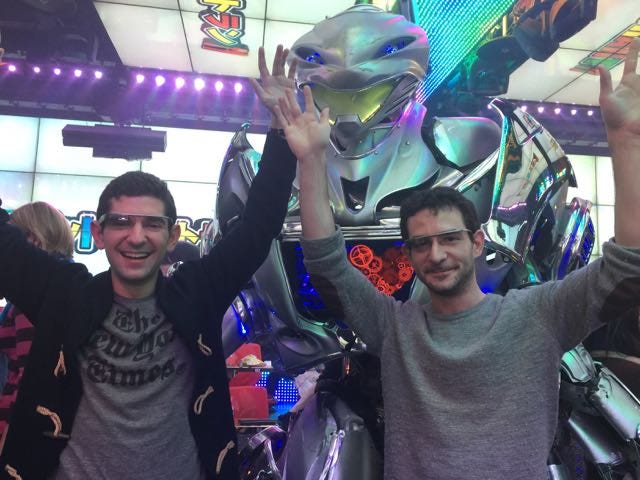
Best Caffeination
125. CAFE KITSUNE
Delicious, fresh, and carefully crafted hand-dripped coffee in a Japanese-style cafe in Omotesando. Walk through the entrance made of bamboo and find yourself surrounded by contemporary fashion items and vinyl selection. Kitsune for reference is a mystical fox creature of Japanese lore.
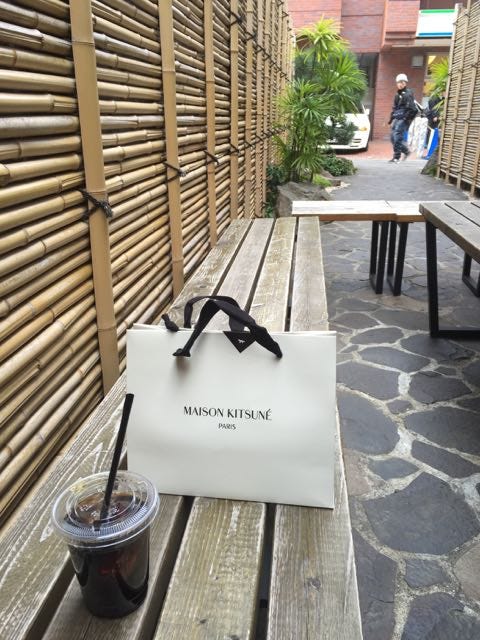
126. DEUS EX MACHINA (GOD FROM THE MACHINE)
Coffeeshop / restaurant / residence that houses a cornucopia of art, surfboards, motorcycles and apparel. Open early for caffeination, grilled sandwiches, and cake. The downstairs bar is a welcome retreat from the crowds of Harajuku.
127. OMOTESANDO KOFFEE
Distinctive coffee shop on the backstreets of Omotesando popular with local hipsters and international visitors. Sitting inside a 60-year-old traditional Japanese house, owner Eiichi Kunimoto pulls espresso shots on a pristine La Cimballi machine. While the beloved Omotesando establishment closed in February 2016, coffee addicts can visit the sister outpost in Toranomon — Toranomon Koffee — or wait for the next shop to open.
Best Restaurants
128. JOMON (Yakitori / Roppongi)
My favorite yakitori restaurant in Tokyo hands down. The restaurant is a gem in Roppongi, catering to both expats and locals. When you first enter the restaurant, you must take off your shoes before the friendly staff great you with loud cheers. Pick a seat at a table, at the bar, or in the window. Order the chef’s 8 skewers recommendation (“Omakase”), watch the yakitori chef grill right in front, eat the meat / vegetables and wash down the with beer / sake. Seating can be a bit cramped and smoky but the food / atmosphere is fantastic.
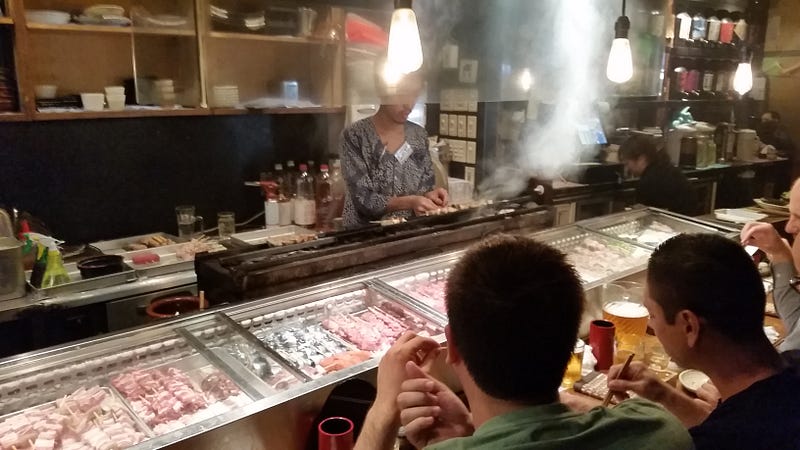
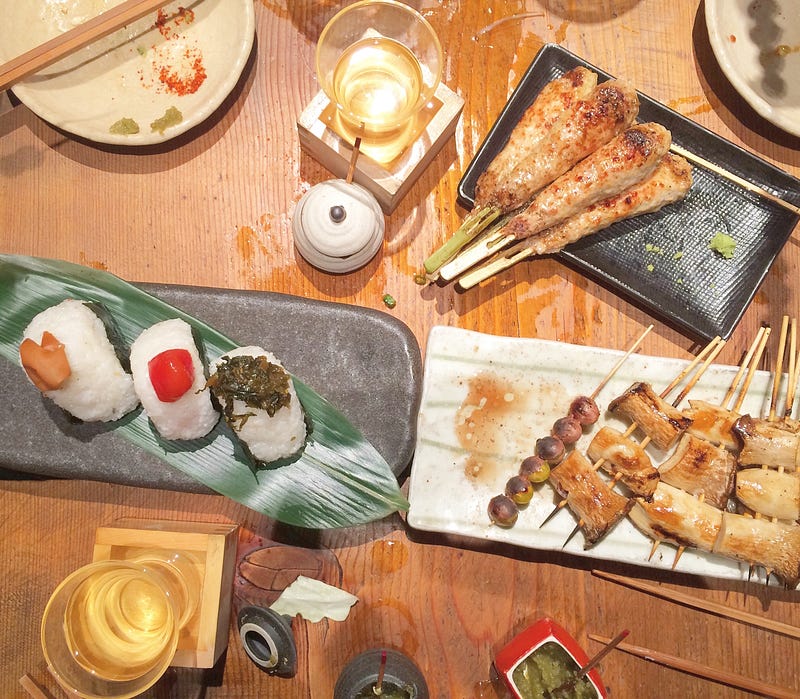
129. AFURI (Ramen / Roppongi)
Popular ramen chain open till the wee hours. Order your favorite dish from a vending machine at the entrance and then take a seat. The delicate hot broth is made with chicken, fish and konbu seaweed, the noodles are light and they are served with half an ajitama egg, slices of freshly chāshū and a garnish of fragrant yuzu peel. Other top ramen shops include Ippudo, Ichiran and Kikanbo for spicy ramen / tsukemem.
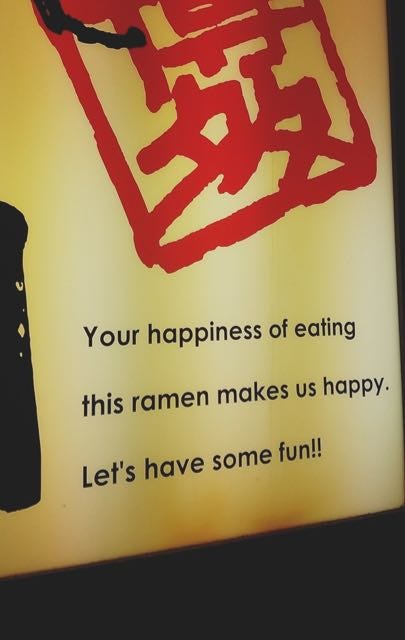
130. Gonpachi (Japanese Food / Roppongi)
Edo-style restaurant inspiring “that” fight scene — the Bride vs the Crazy 88s — in Quentin Tarantino’s Kill Bill movie. The food (yakitori, noodles, tempura and sushi) is enjoyable but it is more about the atmosphere which has cemented its rep as a Tokyo dining institution for tourists and expats. Great for big groups.
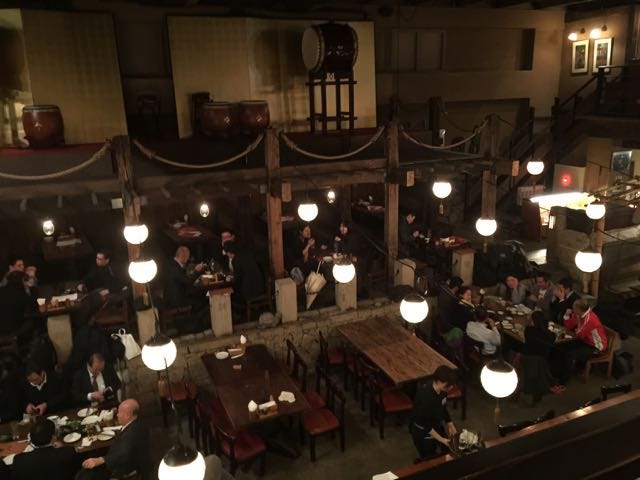
131. IKINARI STEAKS(Steakhouse / Roppongi)
Small, standing room only soba houses where hungry commuters can quickly slurp up delicious noodles for a fraction of the price of sit-down restaurants have been around forever in Japan. Next, there was standing room only sushi. The newest trend, however, is unexpected: standing room only steak. On the menu are four cuts of steak: ribeye, sirloin, tenderloin and wagyu sirloin.
“This is the Very Steak, the Big Cut of Steak.”
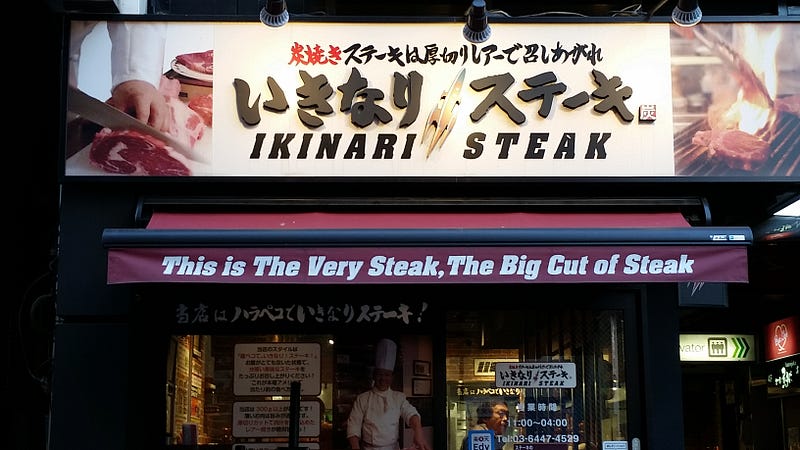
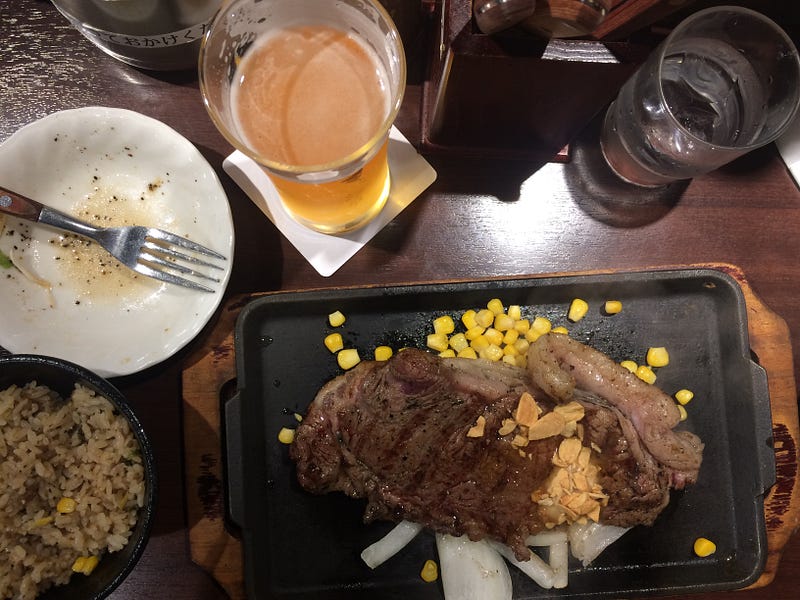
132. GENKI SUSHI (Sushi / Shibuya)
Most efficient food delivery system! Order your sushi on a touch screen and have your food delivered directly to you on a monorail / conveyor belt. Cool experience and very good value sushi.
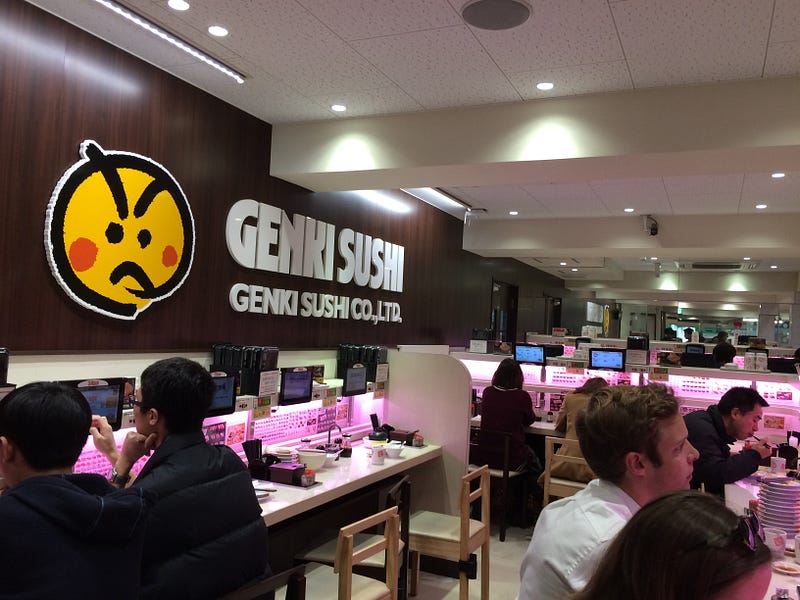
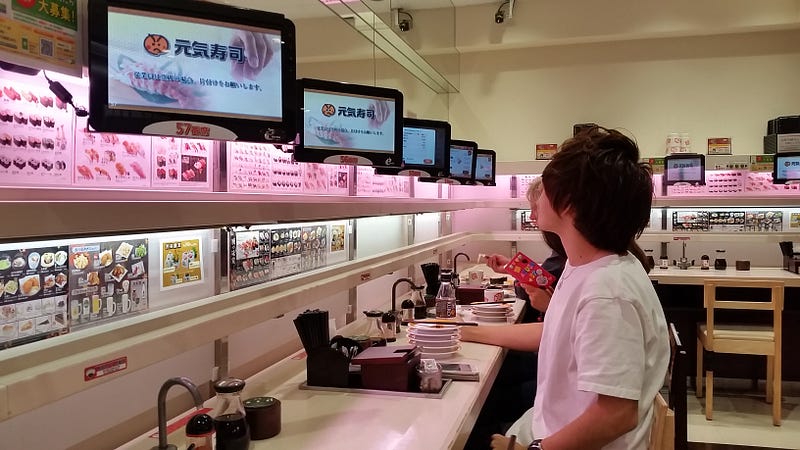
133. TAPAS MOLECULAR BAR @MANDARIN ORIENTAL (Tapas / Chuo)
Over the course of two hours, the talented chefs prepare bite-sized delicacies, creating new textures and flavor combinations to stimulate both the imagination and the palate. Limited to a seating of only eight people per round. Indeed one of the unique, if not, the best eating experience in Tokyo. Chef Ngan Ping Chow deserves more than just one Michelin star.
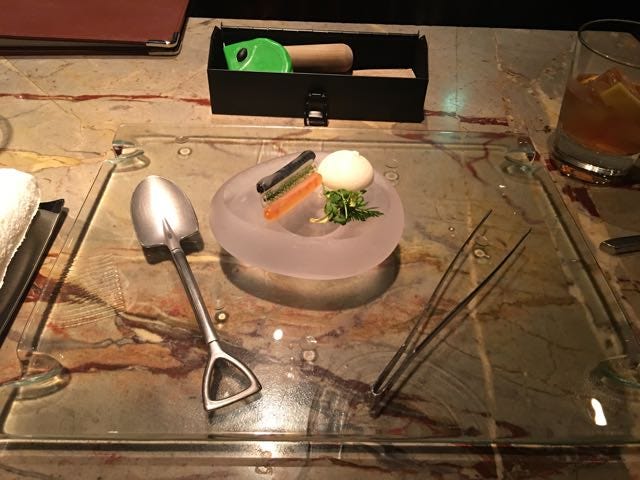
134. Sushi Bar Yasuda (Sushi / Roppongi)
Featured in Anthony Bourdain’s Parts Unknown in Tokyo, Sushi Bar Yasuda is one of, if not the best sushi restaurant in Tokyo. Chef Yasuda is bilingual in English and very friendly to foreigners (this is in contrast to his father Chef Jiro who rushes foreigners out of Jiro Sukiyabashi within 30 minutes). So how do you get a taste of the best sushi in Tokyo? Make a reservation online way in advance (I booked 2 months in advance.) Just let the food do the talking.
135. NOBU (Sushi / Toranomon)
Great place for business lunches and special occasions. While Nobu is famous and has restaurants worldwide, the Tokyo branch is without a doubt the best. Fresh seafood and produce is brought in daily from all over Japan including Tokyo’s Tsukiji Market. Highly recommend going for lunch, sitting at the counter and ordering a lunch box.
136. UOSHIN (Fish & Seafood / Nogizaka)
Uoshin’s menu is made up of various types of fresh fish and seafood, cooked (or not) in various ways. Grilled fish, sashimi, fish eggs, crustaceans of all stripes … the specialty here is the bounty of the sea. Everything is done well, prices are reasonable, and the atmosphere is very lively. Highly recommend for big group dinners.
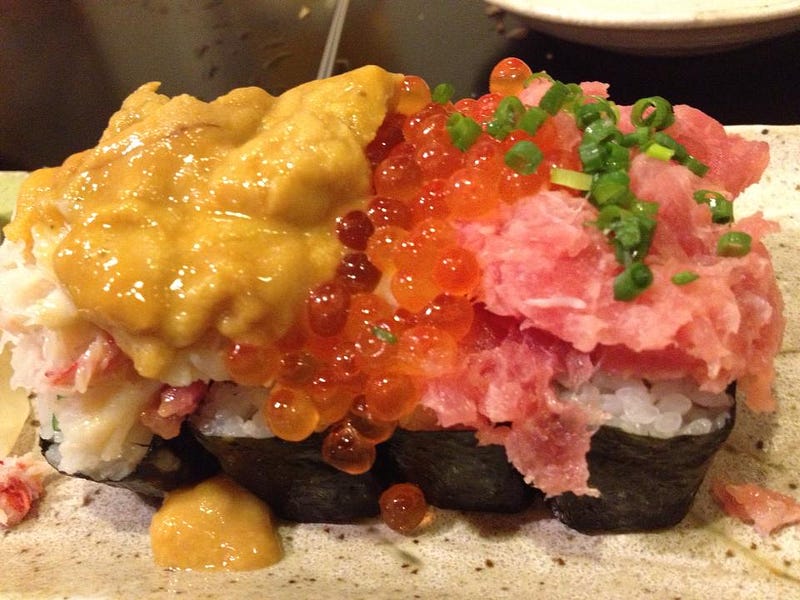
137. FOOD GARDEN AT MITSUKOSHI DEPARTMENT STORE (Japanese Food Court / Ginza)
“Overwhelmed” and “stunned” would be adjectives to describe my reaction to the huge and beautiful display of food everywhere. Not knowing where to start, I took a look at every display, winding through the crowds to check out food prices. Highlights include square watermelon (be prepared to dish out US$10k plus for the best watermelon of your life) and white strawberries. WARNING: avoid Nato (i.e. rotten beans). I am convinced that the Japanese secretly conspired against foreigners to convince the world that this is a delicacy in Japan. Try at your own peril!
Best Museums
138. NEZU MUSEUM (Museum & Japanese Garden / Roppongi)
Museum displaying Japanese pottery, calligraphy, and traditional exhibits. Very impressive modern architecture and surrounded by a large traditional Japanese garden in the heart of Tokyo. Hidden gem.
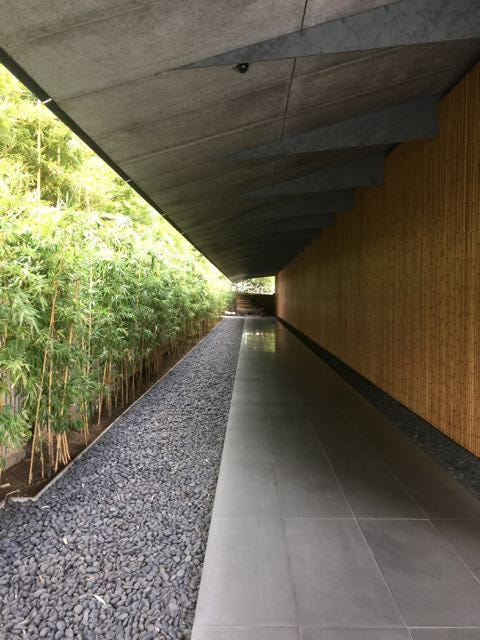
139. MORI ART MUSEUM (Contemporary Art / Roppongi Hills)
Situated on the 52nd / 53rd floor of Roppongi Hills, the museum exhibits temporary exhibitions of works by contemporary artists (including Ai Wei Wei and Takashi Murakami). Explanations are in both English and Japanese, so very tourist-friendly. Also check out the observation deck to get a 360 view of Tokyo.
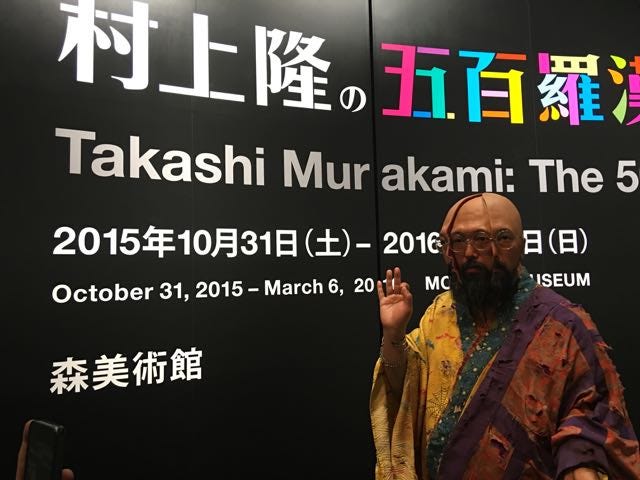
140. GHIBLI MUSEUM(Animation & Art Museum / Mitaka)
Enter the Fantasy World with a visit to the Ghibli museum (Japanese rival to Disney / Pixar) showcasing the work of the Japanese animation studio Studio Ghibli. They have produced many feature length films with worldwide distribution such as My Neighbor Totoro, Princess Mononoke, Spirited Away and Ponyo on the Cliff by the Sea.
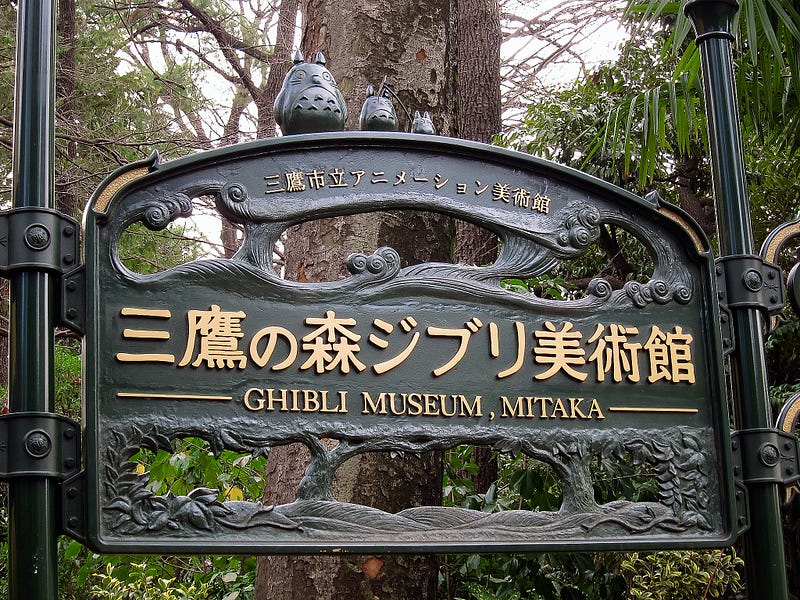
Best Walking Tours
141. ROPPONGI / MIDTOWN / AZABUJUBAN
Upscale neighborhoods with residential buildings, office buildings, shopping malls, restaurants, bars etc. Expat hub of Tokyo and center for nightlife / entertainment.
TOP RESTAURANTS: Jomon, Afuri Roppongi Hills, Sushi Bar Yasuda, Tsurutontan, L’Atelier de Joel Robuchon,Rigoletto Bar and Grill,Tonkatsu Butagumi Dining,Frijoles Burritos & Tacos Roppongi,Shabuzen Roppongi,Savoy,Ikinari Steaks,Gonpachi,Uoshin,Mon Cher Ton Ton
TOP BARS / CLUBS: The Oak Door,AGAVE,Maduro,Geronimo Shot Bar,Mistral Blue,Feria Tokyo,ColoR.Tokyo Night Cafe,I Darts Tokyo,Ele Tokyo,BrewDog,R2 Supper Club, A971,Gen Yamamoto
TOP SIGHTS: Roppongi Hills, Midtown, Tsutaya on Keyakizaka Dori, Roppongi Hills Observatory, Mori Art Museum, Tokyo Tower
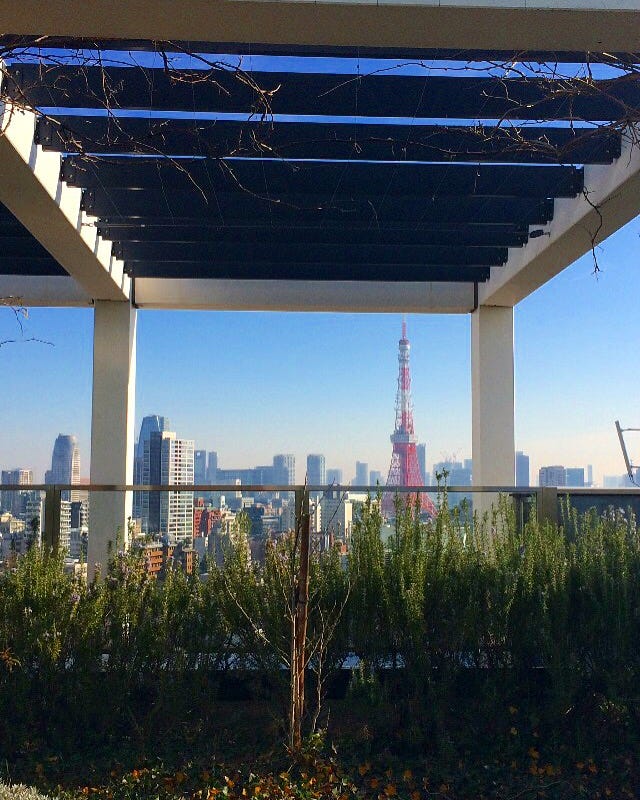
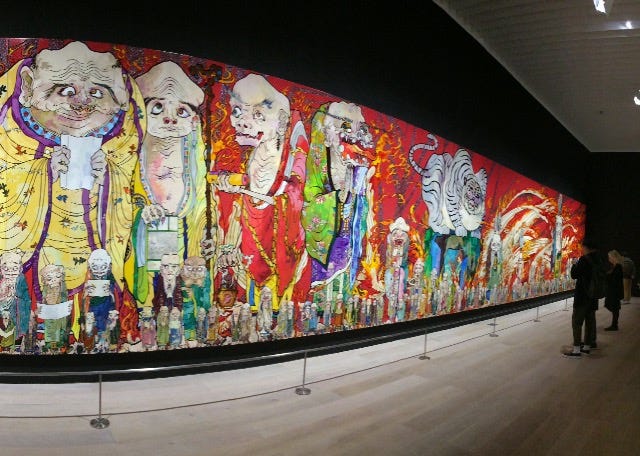
142. HARAJUKU / TAKESHITA-STREET / OMOTESANDO / MEIJI-JINGU
You can enjoy the best of both worlds in these locations: Harajuku, a hotbed of youth culture, with its affordable, fashionable items; and Omotesando, which has a more mature atmosphere with rows of designer boutiques.
TOP RESTAURANTS: Omotesando Bamboo,Harajuku Gyozaro,Hanamizuki,Bvlgari Il Cafe,Eggs N Things Harajuku,Tower Records Cafe Omotesando,Bills Omotesando,Smokehouse, Cicada,Benoit
TOP BARS / CLUBS: 2 Rooms, Le Baron, Kawaii Monster Cafe,Harajuku Taproom
TOP SIGHTS: Omotesando Dori (dubbed the Champs Elysees of Tokyo), Harajuku Takeshita-dori, Meiji Jingu Park & Shrine, Shibuya Cat Street, Yoyogi park
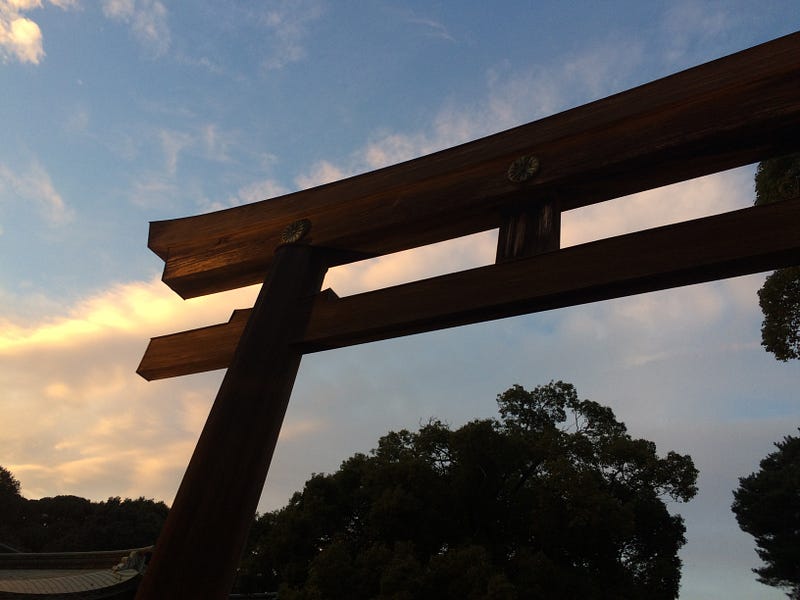
143. TSUKIJI FISH MARKET / IMPERIAL PALACE / GINZA / AKIHABARA
Start the day at the biggest wholesale fish market in the world. You have never seen so many fish in your life. If you get up early enough (i.e. before 5am), you can watch the tuna auction and eat sushi for breakfast! Digest the sushi with a beautiful walk / run around the Imperial Palace moat. Stroll through Ginza, an upscale district featuring expensive restaurants, international boutiques, department stores and cool architecture. End up in Akihabara: the ultimate geek district in Tokyo, famous for electronics centers (Yodabashi), computers, manga, anime, figurines, maid cafes, and arcades. It is truly bizarre.
TOP RESTAURANTS: Sushidai,Sushizanmai Bekkan,Tapas Molecular Bar,Gyuan,Ippudo Ginza,Sukiyabashi Jiro Honten, Izakayas on Yurakucho Sanchoku Inshokugai,Marugo Tonkatsu,Maneken,N3331
TOP BARS / CLUBS:Star Bar Ginza, Bulgari Il Ristorante,Hitachino Brewing Lab, Maach Ecute Kanda Manseibash
TOP SIGHTS: Tsukiji Tuna Auction, trees around the Imperial Palace, Hibiya park, Kabukiza Theater, Chuo dori, Tokyo Station, Ginza department stores (Mitsukoshi, Matsuya Ginza), UNIQLO, Hakuhinkan Toy Park,Ito-ya,Sony Building,Yodobashi, Super Potato in Akihabara
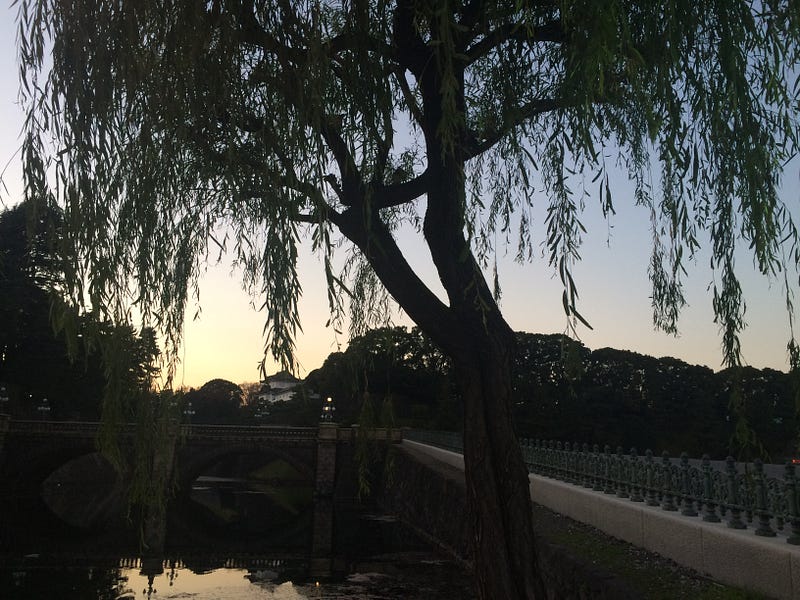
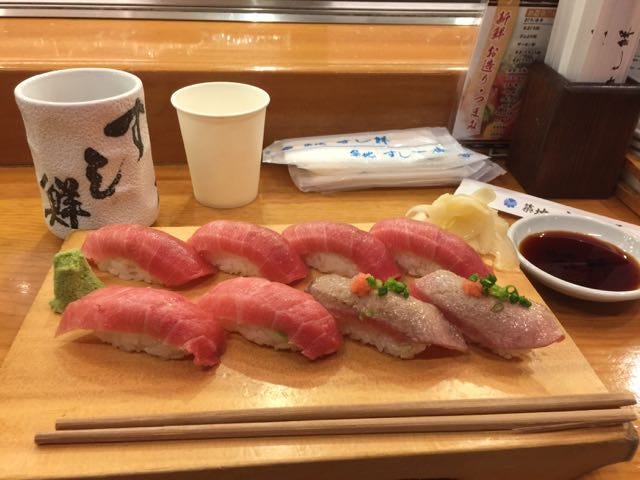
Morning glory at Tsukiji
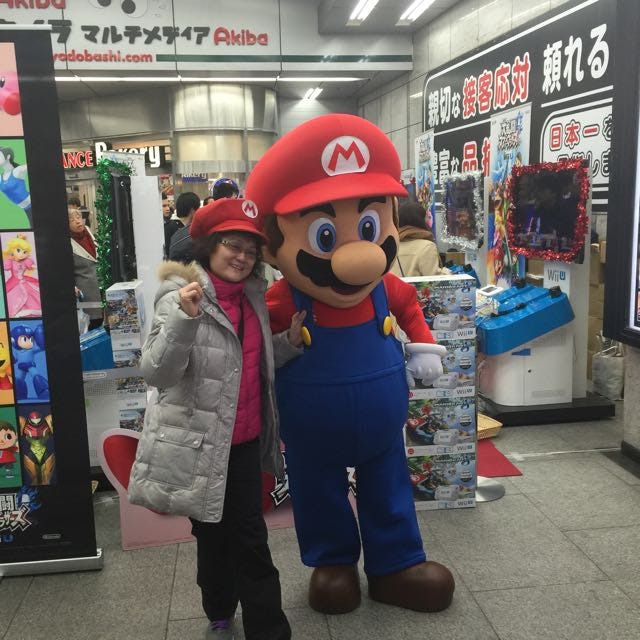
Yodobashi in Akihabara
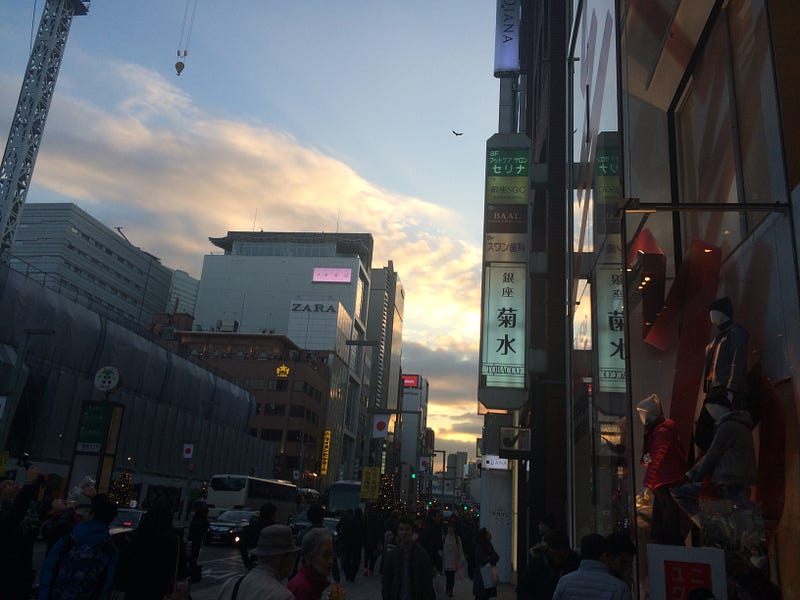
144. SHIBUYA / SHINJUKU
Shopping and dining hub in Western Tokyo, popular among younger generations.
TOP RESTAURANTS: Hakushu,Ichiran,Tonkatsu Maisen Aoyama Honten,Genki Sushi, Ivy Place,Din Tai Fung,Beacon,Teppan Baby,Funabashiya Honten,JojoenZauo,
TOP BARS / CLUBS: Womb Tokyo, Trump Room, Spring Valley Brewery Tokyo,New York Bar,Zoetrope,The Peak Bar,Flame Tokyo,Star Club,Golden Gai,EST Game Center,Alcatraz E.R.,Genki Sushi,Nonbei Yokocho (“Drunkard’s Alley”)
TOP SIGHTS: Shibuya Crossing, Shibuya 109, Tokyu Hands, Museum of Yebisu Beer, Omotesando Hills, The Japanese Sword Museum, Love Hotel Hill, Kabukicho red light district
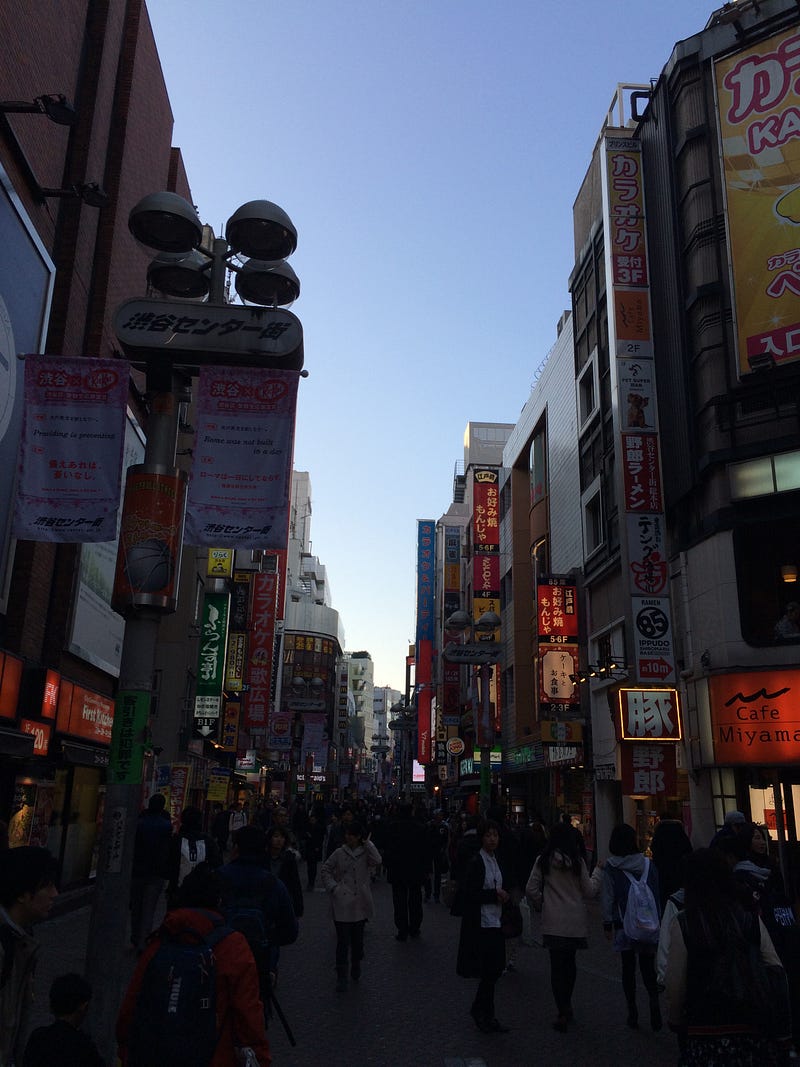
Traveling Outside Tokyo
145. HAKONE
Hakone is less than 100 km from Tokyo near Mount Fuji. Famous for its hot springs and views of Mt. Fuji, Hakone is one of the most popular destination for locals and foreigners looking for a 1-day break from Tokyo. Hakone also has one of the most beautiful lakes, Ashi Lake, in all of Japan.
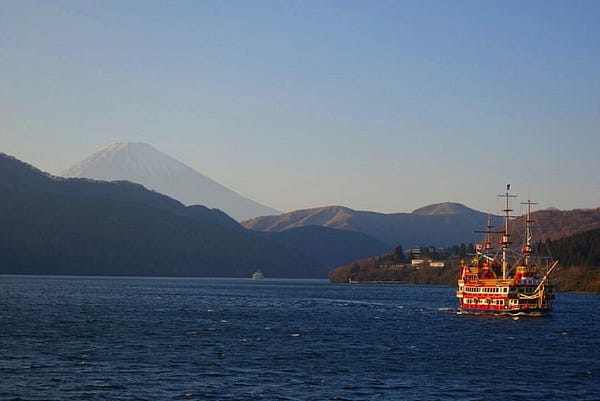
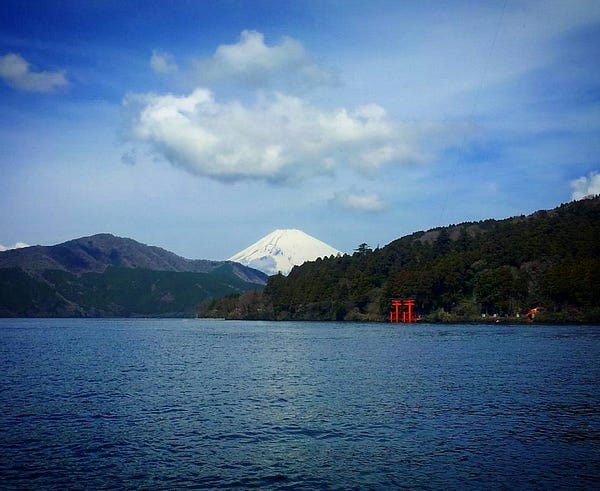
146. NISEKO
Best ski resort located in Hokkaido (island in northern Japan). Fly to Sapporo and take a 2 hour bus to Niseko village. Comprised of four resorts on one mountain, Niseko offers an unforgettable skiing experience with the driest, lightest powder in the world (15–16 meters per season on average). There is nothing more enjoyable than a full day of powder skiing, followed by an apres-ski in an Onsen, followed by tasty sushi. There is a wide variety of accommodation options but highly recommend staying at the Hilton with a view of Mt Yotei. Also recommend eating fondue at the Niseko Supply Company and grabbing evening drinks at Blo Blo and Bar Gyu+.
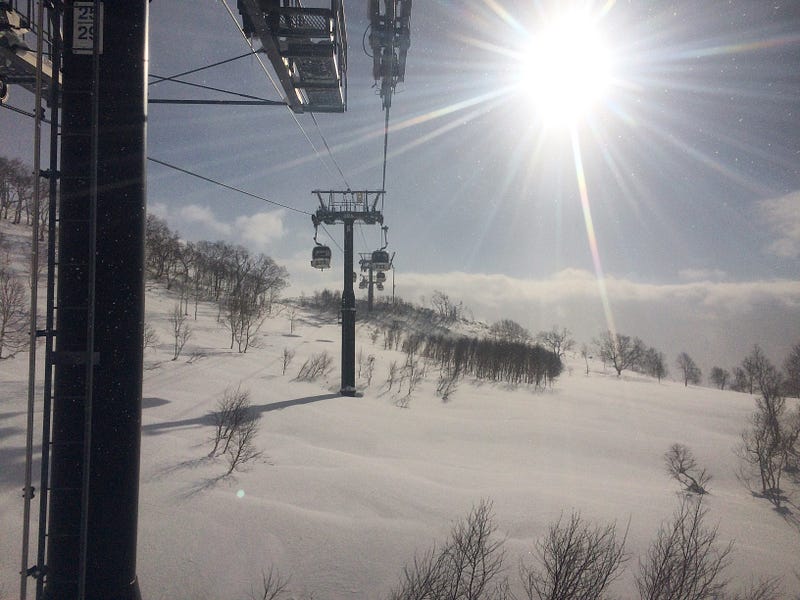
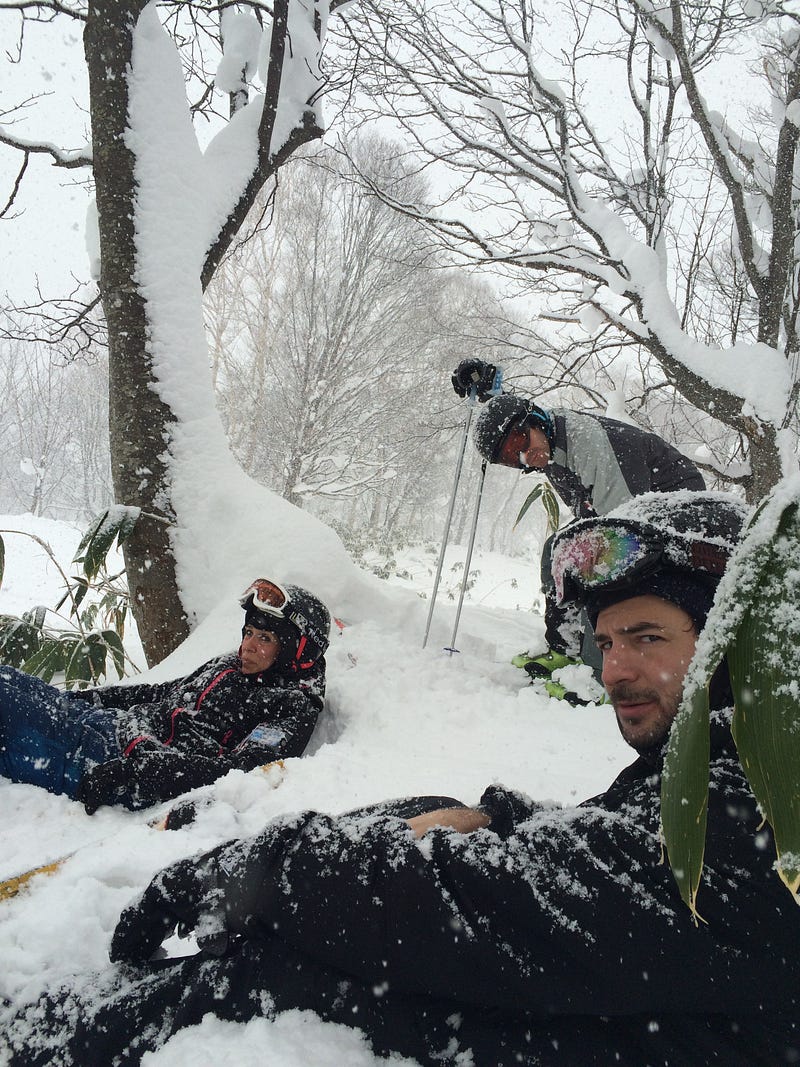
147. NAGANO PREFECTURE
Hop on a 2 hour shinkansen at Tokyo Station and head to Nagano Prefecture in central Honshu. Nagano is famous for its mountain resorts / hot springs and is internationally recognized as a world-class winter sports destination after hosting the 1998 Winter Olympic games. Enjoy a fun weekend skiing in Hakuba, Shiga Kogen, Nozawa onsen, and Karuizawa.
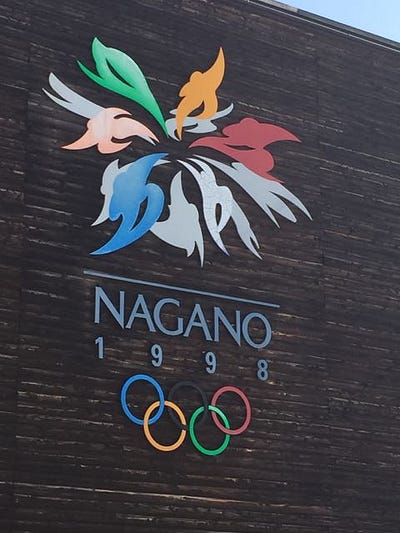
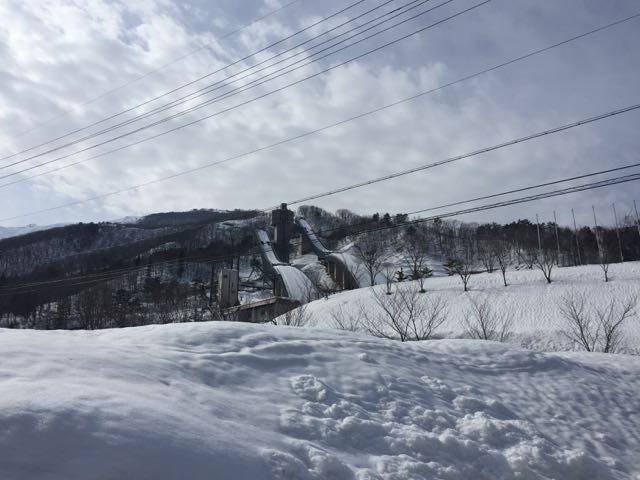
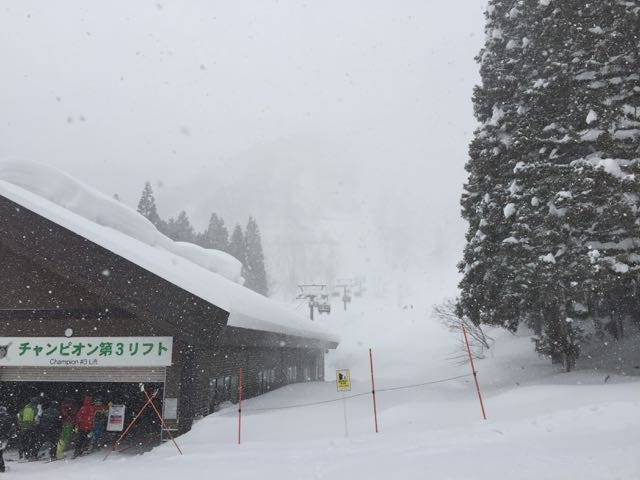
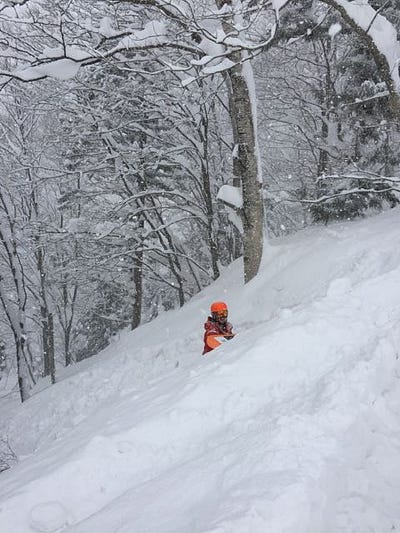
Make sure you visit the infamous onsen loving snow monkeys in Yamanouchi.
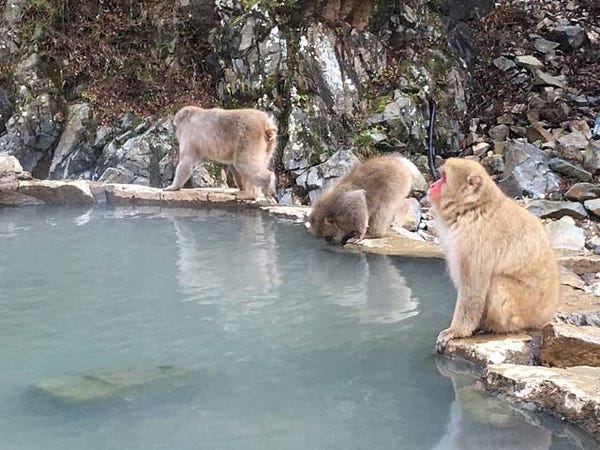
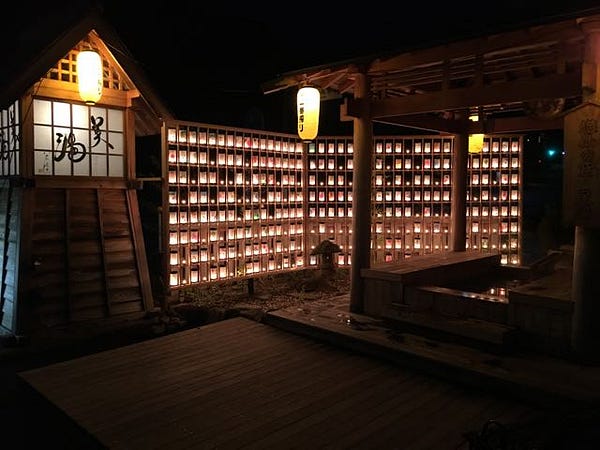
Snow monkeys / Onsen
148. SHIMODA
Located at the southern tip of the Izu peninsula (~100 km from Tokyo), Shimoda is a small fishing port / beach resort. For history buffs, Shimoda has historical importance as the landing place of several of Commodore Perry’s “black ships” in 1854. This event led to diplomatic relations between the US and Japan, ending Japan’s era of isolation that lasted nearly 200 years. Visit Tatadohama Beach, Shirahama Beach and Perry Road. Also recommend chartering a fishing boat. Whatever you catch, they can sashimi it in front of you or ship back to you in Tokyo.
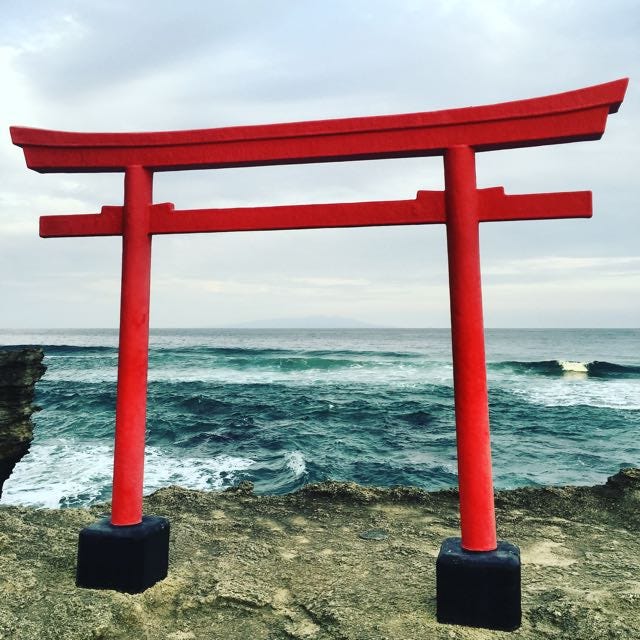
Shirahama Beach
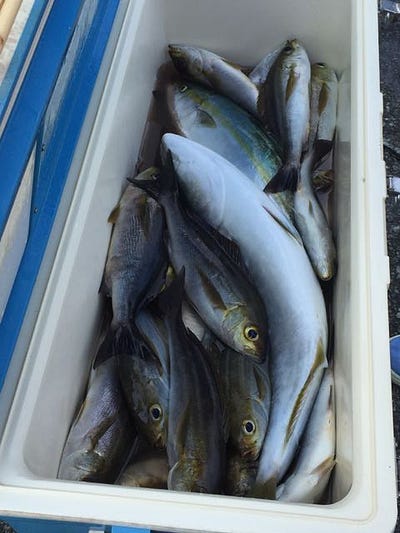
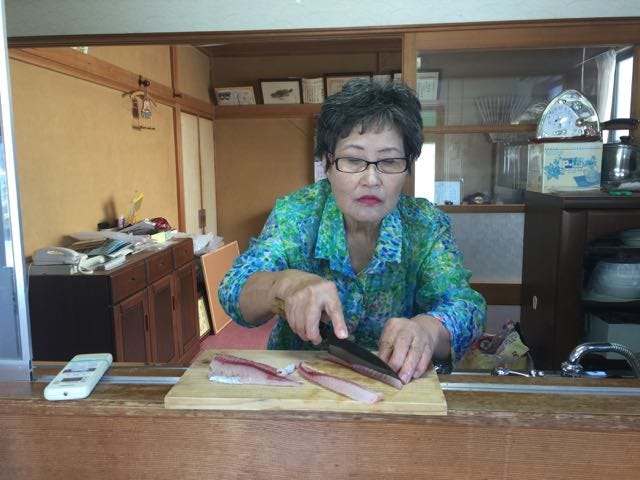
Fishing trip
149. KYOTO / NARA
Take the bullet train to Kyoto, the old capital of Japan. It is one of the most beautiful and traditional cities in Japan, where many festivals and customs survive. Wander around and get lost amid the traditional architecture of Gion, spot some Geisha, stay in a traditional Rykoan, walk down the Philosopher’s Path, visit the Kinkaku-ji Temple (Golden Pavilion), Ginkaku-ji Temple (Silver Pavilion), walk through the red Torii gates to the peak at Fushimi Inari-taisha Shrine, Rokuon-ji Temple, Kiyomizu-dera Temple, get dinner in Pontocho and grab a drink / listen to jazz at Hello Dolly. Next day, take a bus to Nara. Due to its past as the first permanent capital of Japan, it remains full of historic treasures, including one of Japan’s oldest and largest temples (Todai-ji Temple,) protected by sacred deer in Nara Park.
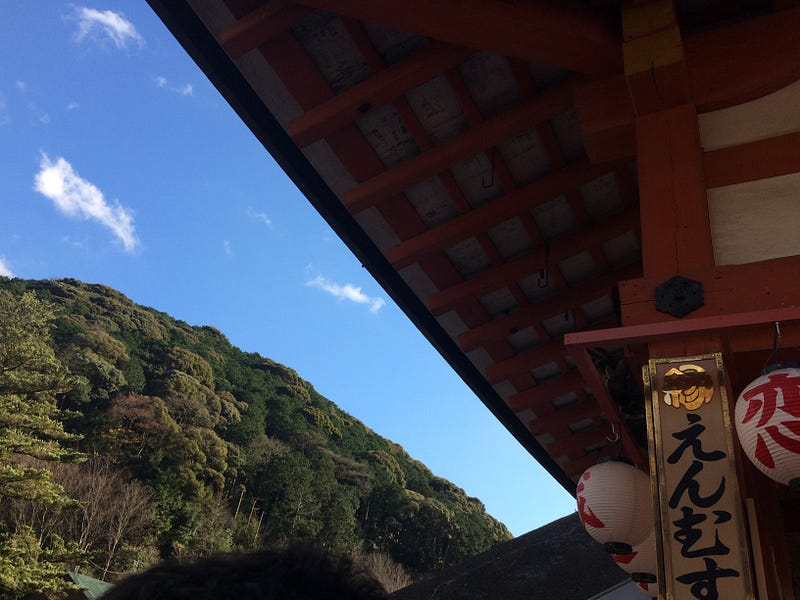
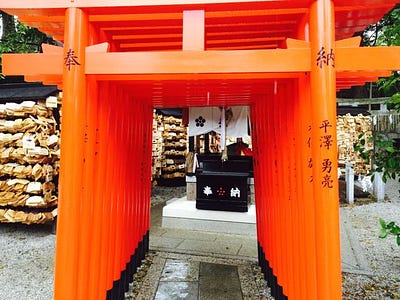
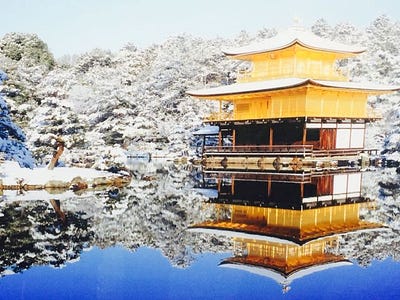
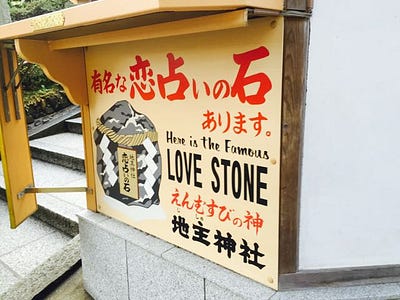
Fushimi Inari Shrine / Golden Pavilion / Rokuon-ji Love Stone
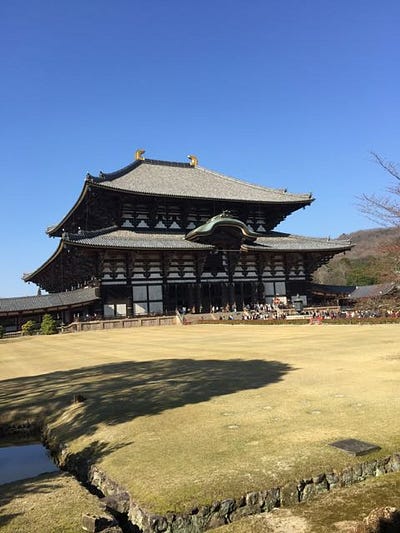
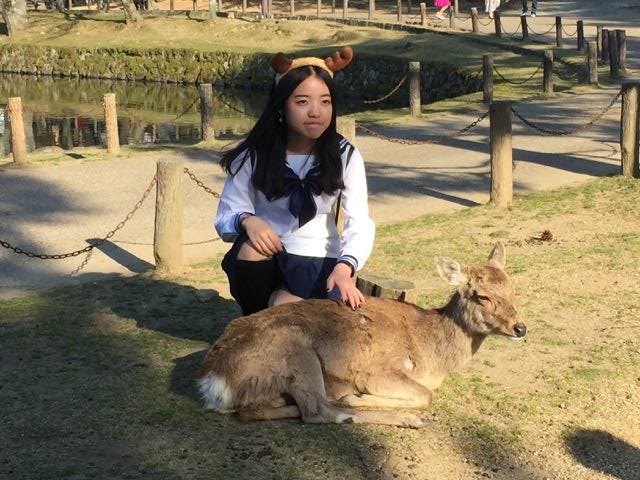
Nara
150. HIROSHIMA / MIYAJIMA
When the atomic bomb was dropped over Hiroshima in 1945, the city became famous worldwide for this unattractive distinction. The destructive power of the bomb was tremendous and obliterated nearly everything within ~2 km. The city has since been reconstructed and is now vibrant. After the bomb was dropped, the A-Bomb Dome (a UNESCO World Heritage Site) was one of the few buildings to remain standing, and remains so today. The Peace Memorial Park, The Peace Memorial Museum, and the A-Bomb Dome are sobering yet tangible links to Hiroshima’s unique past.
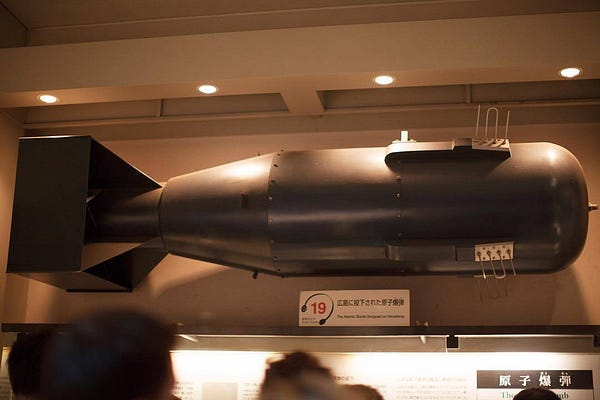
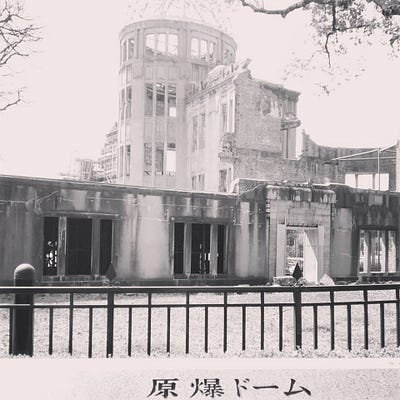
A-Bomb Dome and Peace Memorial
Miyajima is a small island less than an hour outside of Hiroshima. It is most famous for its giant Torii gate, which at high tide seems to float on the water.
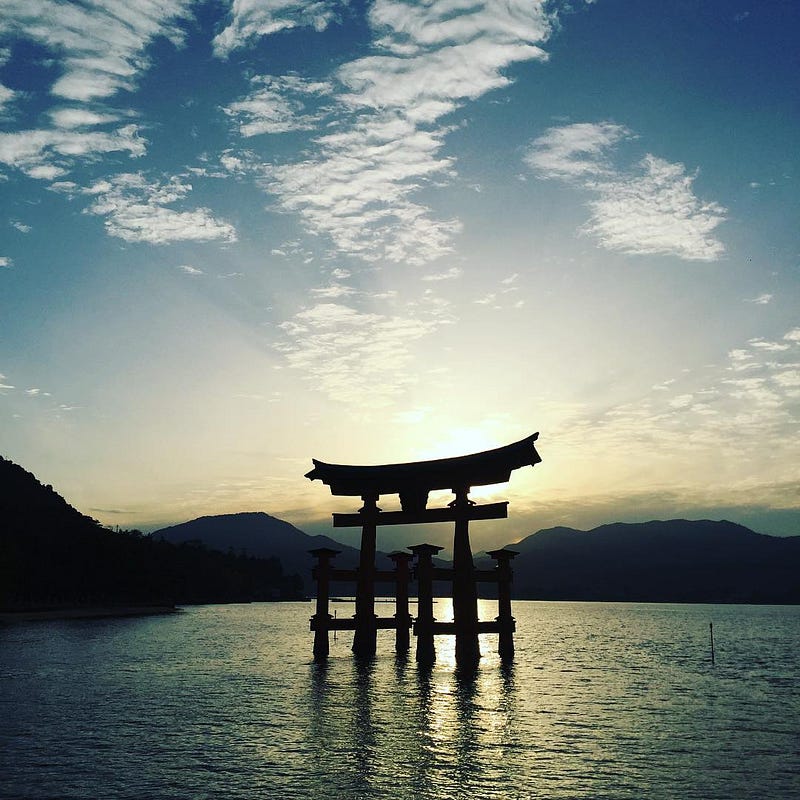
Sunset in Miyajima
